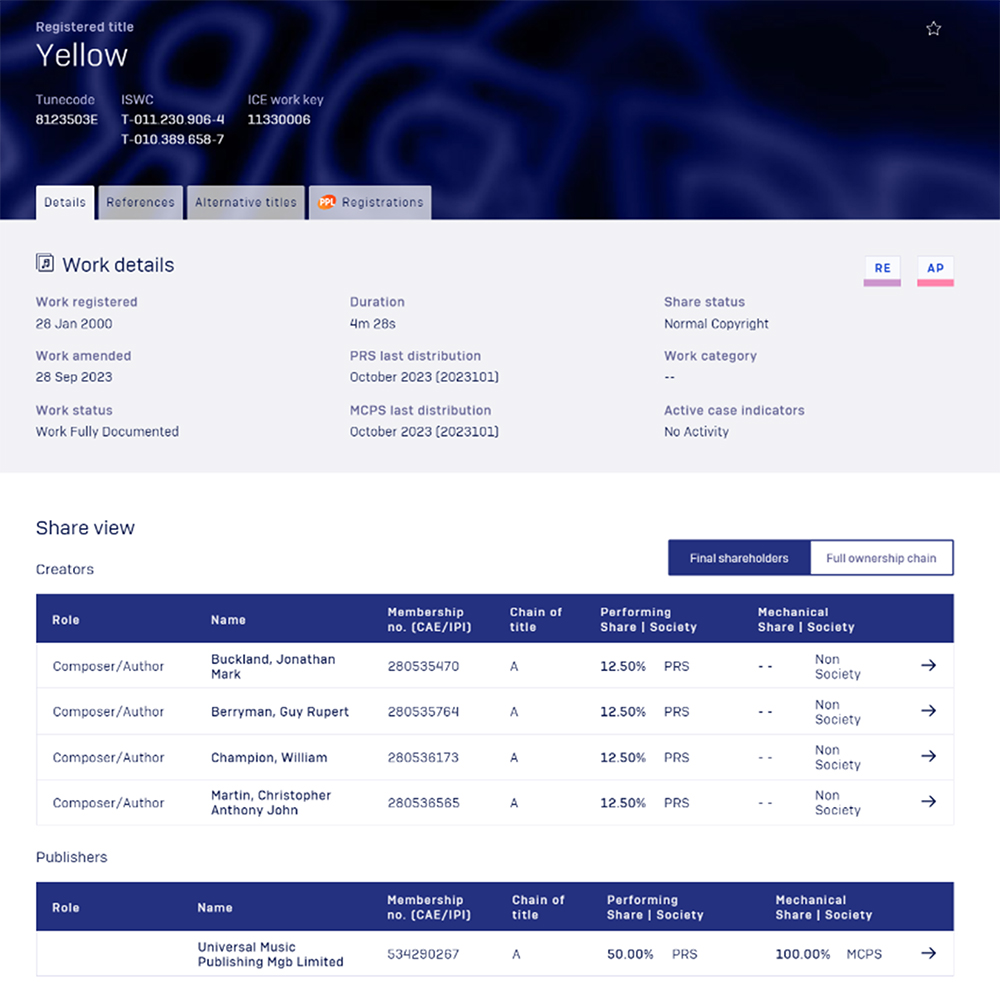“Which rights do I need and how do I establish who owns them?”
“HEAVEN KNOWS I’M MISERABLE NOW”
The impetus to write Music Rights Without Fights came from speaking with brand marketers who were baffled by the complexity of music rights and the opaque nature of the licensing process. When I explained the multiple parties involved, the initial response was often disbelief at the fragmented music IP landscape when compared to buying rights for talent or imagery. Worse still, several marketers had horror stories of past projects where music licensing deals has gone sideways with little or no visibility on the reasons why. It was clear that music licensing frequently caused profound misery among brand executives who needed a better understanding of this niche area. Music Rights Without Fights was written to shine a light on what many considered to be the dark art of synchronisation licensing.
Like all industry sectors, the music business is jargon-heavy, especially within the licensing community. Let’s start with some basics:
Synchronisation (aka “Sync”): Dubbing music to moving images
| Publishing right: | Copyright in the song (music & lyrics) or musical composition |
| Writer: | Songwriter, lyricist or composer (who creates the song or composition) |
| Music Publisher: | Rights owner who controls the publishing right |
| Master right: | Copyright in the sound recording (aka the “master”) |
| Artist: | Named lead performer(s) on the sound recording (solo singer or group) |
| Record Label: | Rights owner who controls the master right |
“2 BECOME 1”
You’ll have gleaned from the above that there are two separate copyrights in music even though the title of the song and sound recording would usually be the same. For commercially released tracks, brand marketers need to license both publishing and master rights from the respective rights owners. To further complicate matters, it’s very common for one song to have multiple music publishers (representing multiple writers), not necessarily with an even split of copyright interest.
“SOMEWHERE OVER THE RAINBOW”
Having understood there are two separate rights to clear, how does the marketer establish the identity of the rights owners? Where do you begin to look? Fortunately for UK brands there are useful databases to consult, run by performing right organisations (“PROs”) aka collection societies:
Songs/Lyrics/Compositions – Publishing Rights
PRS for Music
https://www.prsformusic.com/works/searching-works
PRS’ database lists millions of songs though you’ll need a log in. Using Coldplay’s song “Yellow” as an example, we can establish there are four writers (the members of Coldplay) but only one music publisher, Universal Music Publishing (“UMP”), from whom a publishing sync licence would need to be secured.

Sound Recordings – Master Rights
PPL
https://repsearch.ppluk.com/ars/faces/pages/audioSearch.jspx
PPL’s database lists millions of sound recordings. No log-in is required. Using Coldplay’s sound recording “Yellow” as an example, we can establish there is one artist (Coldplay), whose record label is Parlophone Records (part of Warner Music), from whom a master sync licence would need to be secured.

As an initial guide, this sets out the two key rights which marketers need to license and how to find the respective owners. It gets more complex where there are multiple music publishers and session singers/musicians whose rights are licensed by performers unions. Smart marketers will often engage expert support to navigate the rights landscape and broker the required licences.
If you have any questions, please get in touch on richard@resilientmusic.com